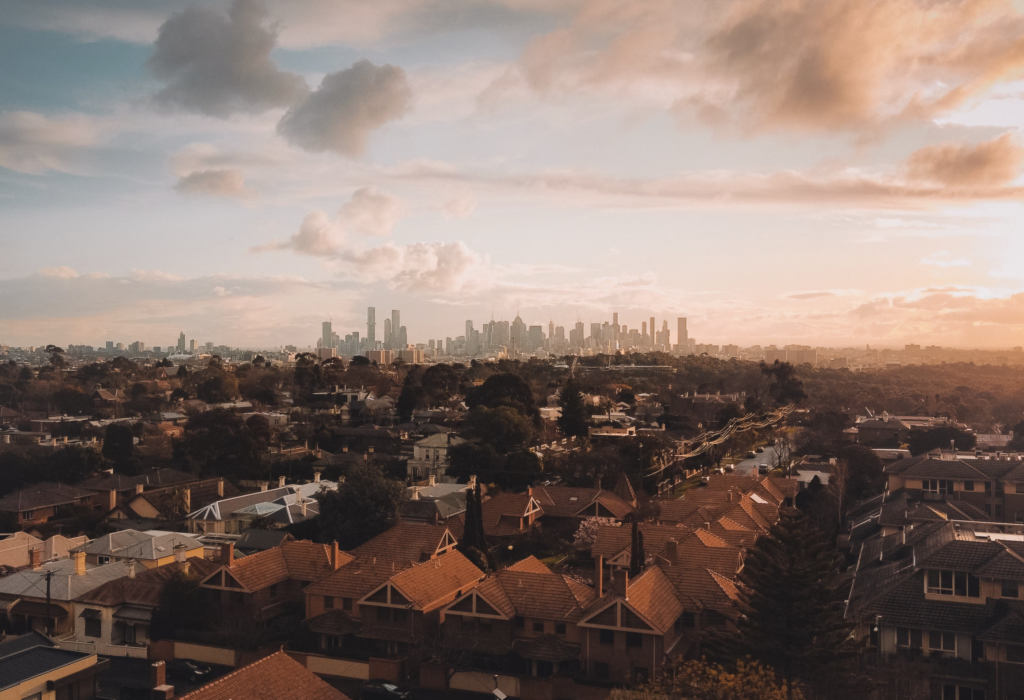Some economists and banks predicted that Australian property prices could drop excess of 20%, but just have a look at track records…
Australian Housing Market Surpasses $9 Trillion Valuation
In September, just five months after hitting $8 trillion in value over April, property research group CoreLogic has stated the total value of residential real estate in Australia established a new record of $9.1 trillion mark.
The increase in residential value has followed the broad-based capital gains across the country, with most housing markets are now said to be beyond their peak.
“This puts housing values around 28.2 per cent higher than the estimated value of superannuation, the ASX and commercial real estate combined.” CoreLogic head of research Eliza Owen said.
NSW has been leading the residential market, which accounted for 41.3% of the total market value, amounting to $3.76 trillion.
Victoria took the second place with 28.1% or $2.56 trillion, and the third spot in the market went to Queensland with 14.7%, translating to $1.34 trillion.
The following states are Western Australia with 7.2% of the total market value, South Australia 4.8%, the ACT 1.9%, and the Northern Territory 0.5%.
As the result of the surge in value, national house median price rose to $719,209 over September, and units to $586,993.
In the year to September, the dwelling market in Australia marked an increase of over 20% – the highest annual rate of appreciation since June 1989.
How can the housing market be brought under control?
The growth has been driven by record low mortgage rates as the Reserve Bank of Australia said they are expected to remain unchanged until at least 2024, and strong demand for housing purchase during pandemic against comparatively low supply levels.
These positive conditions sound that the prices will be pushed up further, however, Ms Owen deduced the housing market moved past its peak rate since increasing by 2.8% in March, and now the monthly rate of growth has reduced to 1.5%.
This slowdown might happen due to the increasing challenge of affordability for many segments of the market, especially first home buyers. From January to July, loans taken out by this segment therefore decreased by 20.5%.
The Australian Prudential Regulation Authority’s (APRA) has recently decided to increase the minimum interest rate buffer of further tightening of lending rules. According to Ms Owen, this approach is “subtle” that will raise the barrier to enter the market and prevent the housing market from moving into negative territory.
“APRA’s measures may slow demand at the margins that could see some cooling in the housing market, but it’s not like the measures in 2017, which seem to have triggered a greater demand shock.”
Due to this, Ms Owen said she is expecting the residential market would take longer to reach the $10 trillion in value.
“I think if the market were to continue at its current trajectory it would be around seven months, but the market doesn’t seem to be holding at a consistent trajectory,” she stated.
“The monthly growth rate has been slowing since March, and with various headwinds around affordability, higher listings levels and how any macro prudential measures will play out, there’s no certainty around the housing market getting to $10 trillion.”
References
https://www.corelogic.com.au/news/australian-housing-market-surpasses-9-trillion-valuation
https://www.mortgagebusiness.com.au/breaking-news/16123-housing-market-surpasses-9-trillion-mark
https://mozo.com.au/home-loans/articles/aussie-housing-market-now-worth-more-than-9-trillion
https://www.afr.com/property/residential/housing-market-hits-9trn-valuation-20211007-p58y07
https://www.theguardian.com/business/grogonomics/2021/sep/16/australias-house-prices-are-disconnected-from-reality-and-the-rba-wants-you-to-know-it-isnt-to-blame
https://www.theguardian.com/australia-news/2021/oct/01/australias-house-price-boom-whats-happening-and-how-can-it-be-brought-under-control


